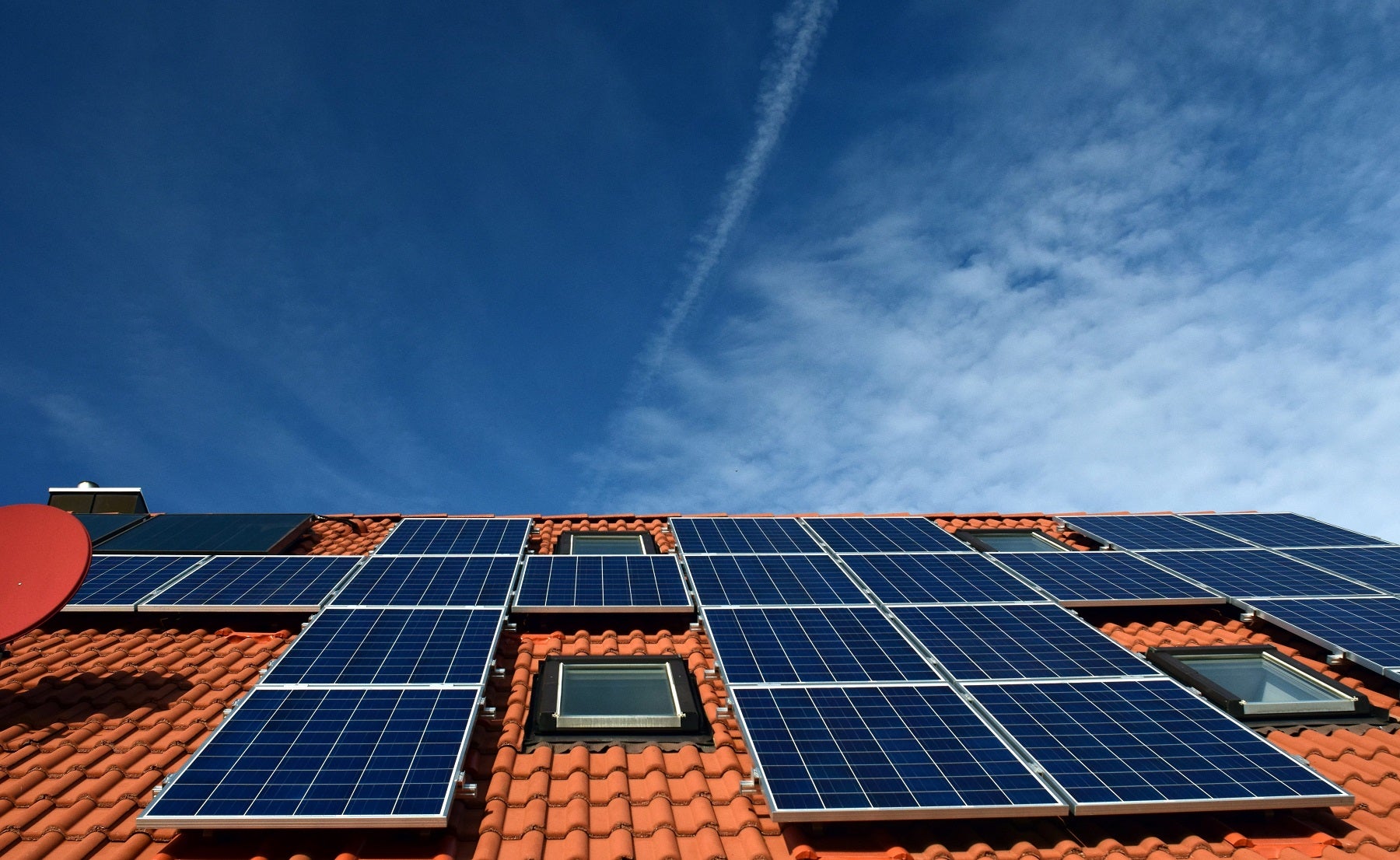
Biden’s energy plan promises a “greening effect” on power sector infrastructure, along with the auto industry, public transit, and buildings both public and private; such investments could restore the US’s Covid-19 job losses, with unemployment soaring above 20 million during the outbreak before falling back to 12 million.
According to the report, the big focus for US investment would be transmission interconnections, although the fracking, coal, and oil industries have left a significant job to do in ensuring that everyone in the US has clean water, despite the pollution of these sectors.
The analysis emphasises that critical to this success would be how the new president negotiates a refresh to the ITC solar tax credits, and “whether he can swing a similar concession for solar and storage”. According to estimates, he should be able to create US jobs in renewables and EV charge points, sufficient to restore employment levels from before the pandemic, as long as key pieces of legislation are passed.
The report predicts that the US will jump from 11% of the global solar module market to 19% when measured in cumulative installed solar. In addition, any change to the tariffs on solar panels from President-elect Joe Biden will either bring a rush of cheaper solar panels into the US, stimulating demand, or if he retains the tariffs, it will power up US solar suppliers with a much larger market.
A highlight of the report is that the US might have the potential to go into overdrive on solar and move closer to a 500GW solar target by 2030, with a projected annual solar install rate of 66GW by 2030.
While possibly held back by lack of a Democrat majority in the Senate, even a slight response by Republican Senators would likely see the US leap from predictions of 235GW of solar capacity by 2030 to one above 450GW.

US Tariffs are shifting - will you react or anticipate?
Don’t let policy changes catch you off guard. Stay proactive with real-time data and expert analysis.
By GlobalData
Rethink Energy’s updated solar forecast was also prompted by China’s economic recovery from Covid-19 and the varying reactions to the pandemic, which have restructured the global solar industry.
The report predicts that China will also accelerate its solar installs, as promised in its strategy to reach zero emissions by 2060. This recent pledge now makes it likely that the country will take annual solar increases in capacity from the 38.5GW anticipated for 2020 to above 80GW per annum by 2030.
China could separately add some 643GW of solar in the next ten years, growing from the 243GW expected at the end of this year to 886GW at the end of 2030.
The Rethink Energy report sees solar additions globally rising by 105GW during 2020, unaffected by the pandemic, with annual installs then going up by around 10GW each year until global installs reach 255GW in 2030.



